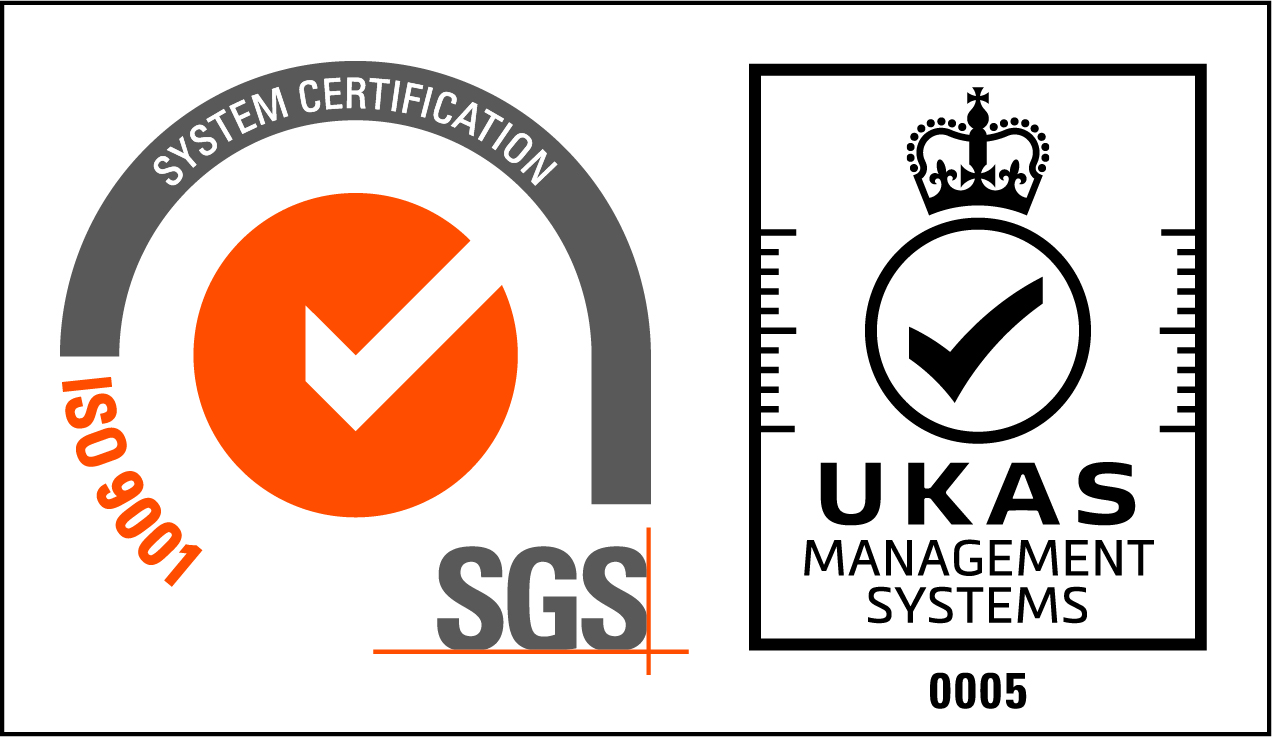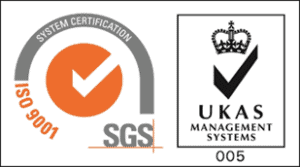Are you currently unaware of what your organisation’s environmental impacts are?
Are you missing out on winning tenders because of your environmental credentials?
Could you be breaking the law (even unintentionally because you are not aware of your environmental legal requirements)?
Do you care about how your company impacts the environment?
Do you want to reduce your environmental impacts?
If you are answering YES to any of these questions, then an environmental management system may be for you!
What is an EMS?
An EMS helps to control risks to your organisation from the environment and risks that your organisation presents to the environment.
An EMS is a framework that helps an organisation achieve its environmental goals through consistent review, evaluation, and improvement of its environmental performance.
What is the importance of an EMS?
Environmental problems are often dealt with reactively after the damage has been done and at great cost.
By introducing environmental considerations as part of the culture and overall management strategy, it will help achieve effective environmental management without the sense that there has been a drain on resources.
Environmental management does not have to overly restrict organisational activities by making regulatory compliance an overriding burden; it could be better viewed as an opportunity to save money, freeing it to be reallocated to operational activities.
What options are there?
It is important to decide what level of EMS is appropriate for your business; there are three main options:
- An In-house system developed to meet your own needs and priorities.
- Follow best practice and comply with the requirements of recognised standards such as ISO 14001 or BS 8555 but not be certified.
- Obtain third-party certification: this is the most popular method to recognise your EMS. It can increase the credibility of your EMS and ensures commitment from staff and management. This can help to drive improvements, win tenders, and ensure legal compliance. You get certification by having your EMS audited by a third-party certification body.
Where can the requirements of an EMS be found?
You have a few options to ensure best practice guidelines are implemented into your EMS, these can include but are not limited to:
- ISO 14001:2015: This is the most popular and well-known environmental management standard. It is internationally recognised and often required as part of tender responses. It explains the requirements of an EMS.
- BS 8555: This is a British Standard and is often implemented by SMEs. This is often used as a steppingstone to ISO 14001 and again it documents requirements of an EMS which an organisation should comply with.
- NVIR-O-CERT: This is an EMS and auditing scheme that meets the requirements of Northern Ireland’s public sector procurement policy. It is construction-specific and the requirements have been developed by the Construction Employers Federation. It is mainly recognised in Northern Ireland.
How to get started?
Most importantly gain commitment from top management
Appoint a qualified, professional Environmental Consultant
Define the scope of your EMS
Conduct a gap analysis on the requirements of your chosen scheme/standard
Identify roles and responsibilities
Review and understand the requirements of your chosen scheme/standard and implement documentation to demonstrate compliance and close any gaps
Conduct internal audits of your system to ensure compliance and identify areas of improvement
Arrange certification audit as appropriate. For ISO 14001 and BS 8555, we at Quadra stress the importance of using a UKAS accredited certification body to ensure confidence in the quality of the certification bodies processes and audits.
For further information or to arrange a gap analysis of your current practices against the requirements of any scheme/standard mentioned above please contact Quadra on:
Tel: +44 28 90423222
Email: [email protected]






